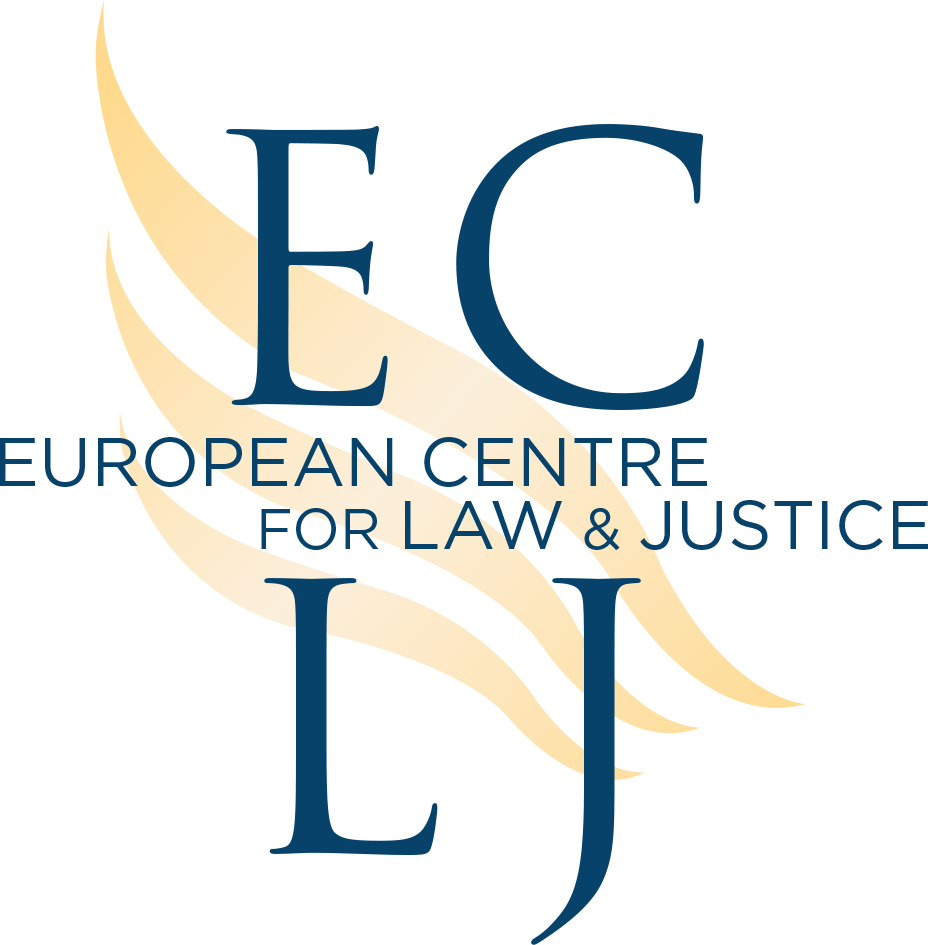Text is taken from, and can be read in full at, GOOGLE BOOKS
When "The New Masses" were authorised, Victorian Stagecoaches were still much in evidence.
Illustration: VICTORIAN POWYS
Supplement containing The New Masses
recently authorised for England.
Translated and arranged by The Rev. F. C. Husenbeth.
London: C. Dolman, 61, New Bond Street.
1844.
The Prayer of Our Lord Jesus Christ on The Mount of Olives.
Greater-Double.
Commemoration of The Passion of Our Lord Jesus Christ.
Greater-Double.
The Holy Crown of Thorns.
Greater-Double.
The Spear and Nails of Our Lord Jesus Christ.
Greater-Double.
The Holy Winding Sheet of Our Lord Jesus Christ.
Greater-Double.
The Five Wounds.
Greater-Double.
The Most Precious Blood of Our Lord Jesus Christ.
Greater-Double.
Patronage of Saint Joseph.
Double.
The Sacred Heart of Jesus.
Greater-Double.
Maternity of The Blessed Virgin Mary.
Greater-Double.
Purity of The Blessed Virgin Mary.
Greater-Double.
Patronage of The Blessed Virgin Mary.
Greater-Double.
Out of Advent and Lent, and not being a Vigil or Feria to which The Office of The Preceding Sunday is Transferred, nor on which any Office is kept, being at least a Semi-Double.
Mass: Cibavit eos. As on Corpus Christi, omitting the Alleluia in the Introit.
Second and Third Prayers, according to the time, as on Semi-Doubles.
Mass of The Holy Sacrament.
Semi-Double.
Out of Advent and Lent, and not being a Vigil or Ember Day, or Feria, to which The Office of The Preceding Sunday is Transferred, nor on which any Office is kept, being at least a Semi-Double.
Mass of The Conception of The Blessed Virgin Mary, as on 8 December.
[Editor: NOTE: This Mass was ten years before the Dogma of The Immaculate Conception
(Feast Day 8 December) was promulgated by Blessed Pope Pius IX, which now has its own Mass.]
Desponsation of The Blessed Virgin Mary.
Greater-Double.
Saint Gabriel. Archangel.
Greater-Double.
Saint John Nepomucen. Martyr.
Double.
Our Blessed Lady. The Help of Christians.
Greater-Double.
Saint Francis Caracciolo. Confessor.
Double.
Feast of Our Most Holy Redeemer Jesus.
Greater-Double.
Saint Raphael. Archangel.
Greater-Double.
The Expectation of The Blessed Virgin Mary.
Greater-Double.










































